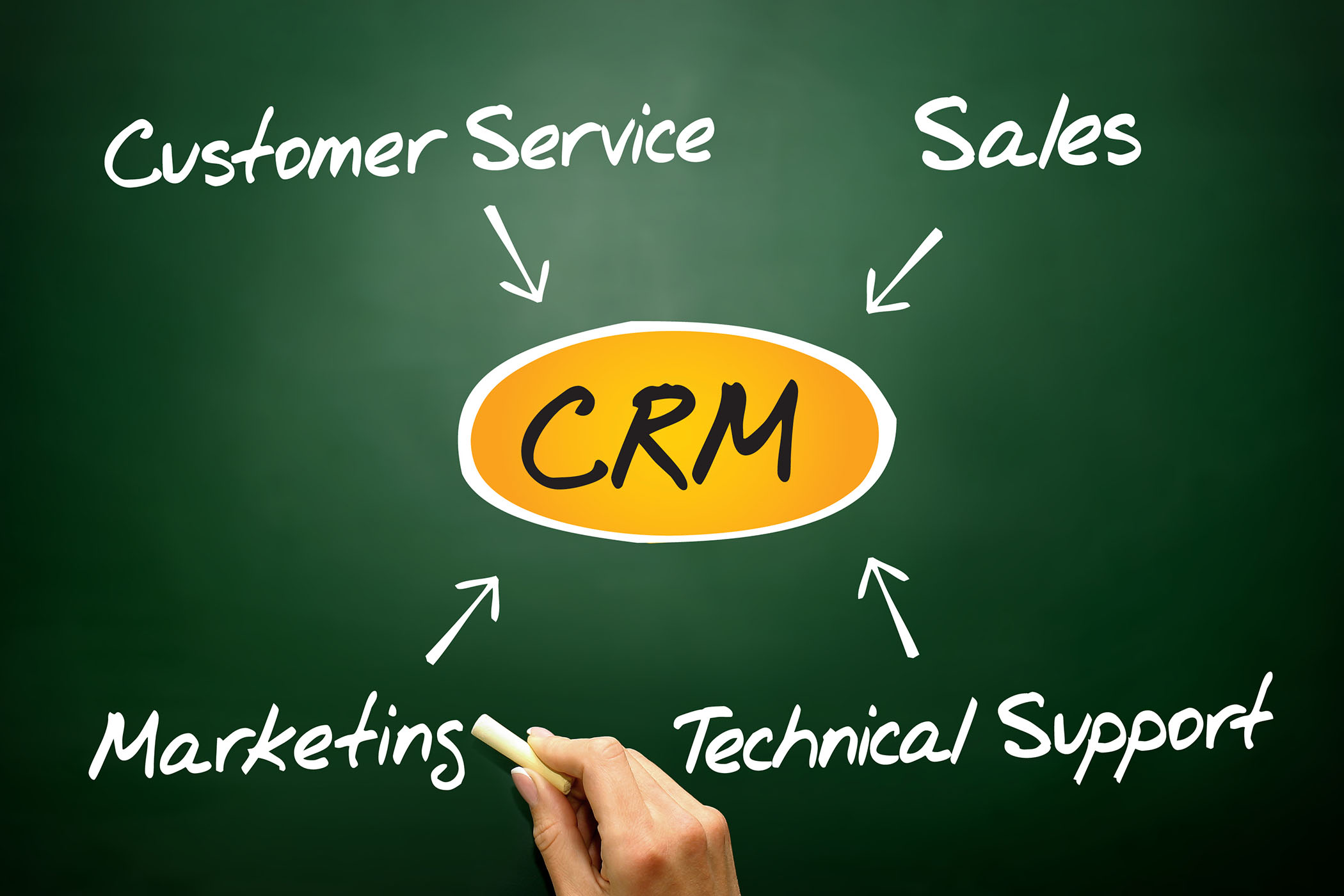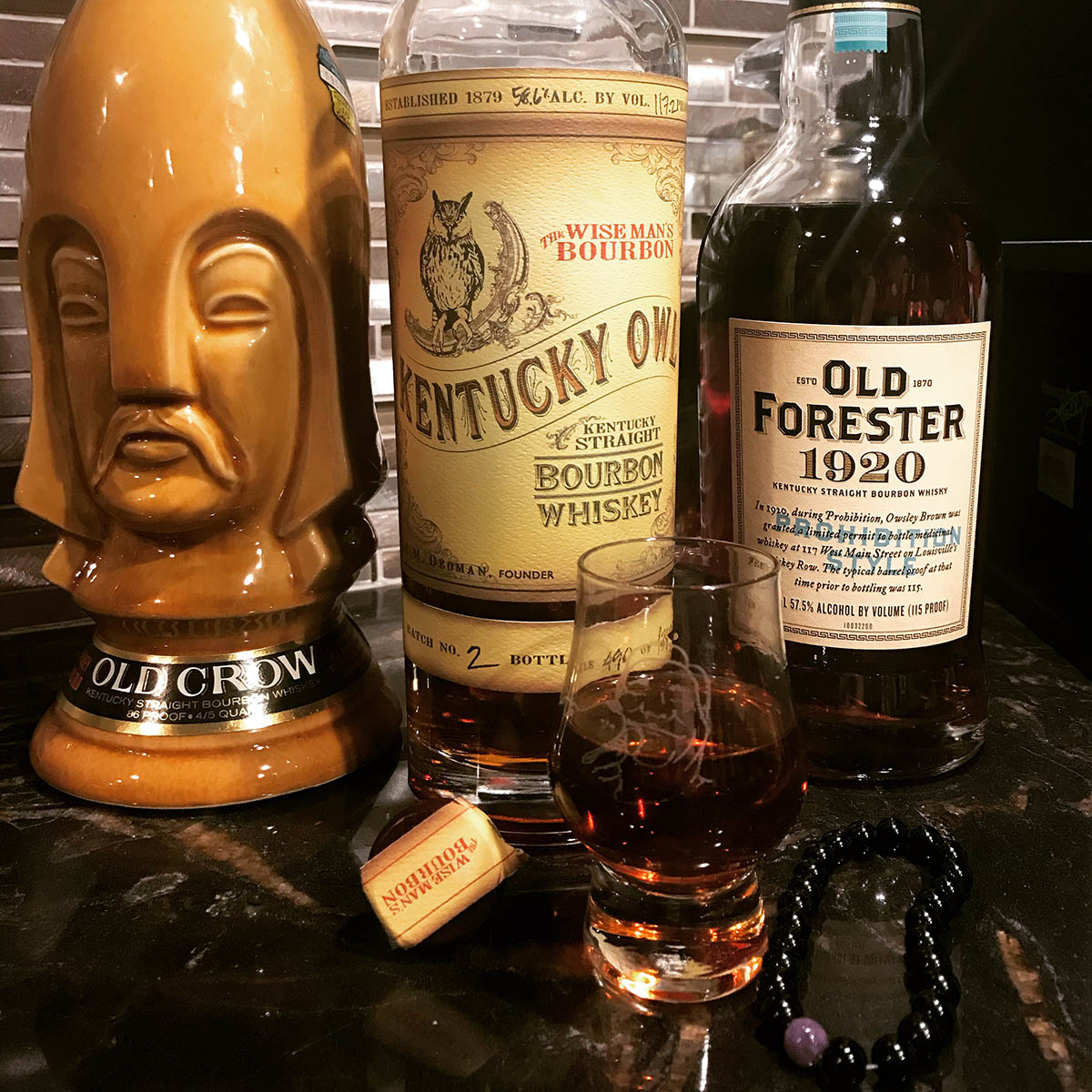
Identifying the ideal metrics for measuring customer loyalty
Over the past twenty years I’ve been fortunate to have worked with a number of great companies and helped develop and manage their various CRM and loyalty programs. Many of these include National City Bank, Makers Mark, Valvoline Instant Oil Change, Canadian Mist, Kentucky Lottery and Purina to name a few. With any loyalty program and marketing campaign, it is imperative from the beginning to establish goals and develop measurements against those to identify success as well as areas of improvement.
- Engagement – How are you communicating and, more importantly, interacting with your customers across all the potential touch points and platforms including direct mail, banner and display advertising, email, web site visitation, trade shows, and other experiential events as well as social interaction? It is also import to evaluate if this engagement is based upon outbound touch points, where you are speaking to the consumer versus inbound touch points where they are reaching back and communicating with you and developing a dialog. How is this dialog becoming a conversation and does the dialog have reach with other consumers?
- Consumption – What is the consumer purchase volume or use of the product or service? What is the typical life-cycle of its use? For example, an oil change service center may only provide services every 3 – 6 months per vehicle and a mortgage company may refinance a home or provide a new mortgage every seven years however a lottery player may purchase a game ticket several times each week or even daily. This product life-cycle varies and must be considered when evaluating consumer consumption.
- Referrals – Are consumers recommending your brand or service to others? To what degree are they influential to the purchase decisions of others? Within their sphere of influence, have the people they referred the product or service began to or increased their movement in the other areas of measurement.
- Frequency – How much, how often and when are engagement, avocation and referrals influencing consumer consumption and engagement with the product or service? For example, how many touch points occur before a purchase is made? How many consumers are referred in order to engage a new customer?
- A fifth area of measurement which should be frequently reviewed as a sub category of all the above is the Channel of Interaction. The channel is the method or vehicle of each of these where they occurred. For example; within Engagement, where did engagement take place, a broadcast email, on your web site, facebook, twitter, at a trade show, a walk-in consumer at a brick and mortar location, etc. For consumption, was it purchased directly or through an affiliate; online, over the phone or in-person. Referrals happen from a variety of locations including; in person, from a tell-a-friend function within a web site or from forwarding an email. Identifying the various channels and vehicles can have a significant impact to the overall functionality and effectiveness of a CRM and loyalty program. Identification of these channels can also help fine tune your marketing efforts to focus on the maximum return.
These four measurements can be used to develop a methodology to evaluate, segment and identify your most valuable and invaluable consumers but more importantly, identify your growth area of consumers who will have the most impact on your overall success. These consumers combine consumption of your product or service with influential recommendation and reduced requirement of interaction. Most modern CRM programs have methods to track, maintain and score each of these areas however depending upon the industry, product and method of distribution, one or more of these may be more complicated to measure. For example, within the beverage alcohol industry connecting the consumer to their individual consumption and purchase history is especially difficult due to distribution methods, legal restrictions and multiple venues for consumption e.g. home, restaurants, bars, etc. For more information about the difference between a Business Contact Management program and a CRM program, read this blog post.
- High Consumption/High Referral – This segment includes a brand’s ambassadors and advocates who have significant and frequent consumption but also openly recommend the brand as often as possible. Typically, these consumers are considered to more outgoing and social with others and are readily willing to share their positive experiences with a brand. These consumers often do not need much “coaching” within a CRM program with promotions and discounts. Occasional reminders and reinforcement from the brand are all that is necessary for their continually motivation.
- Low Consumption/High Referral – This segment also includes a brand’s strongest advocates but is frequently the most overlooked within a loyalty program. Although these consumers have an extremely low consumption rate which causes them to be typically overlooked, somewhere in their past they have had a significant positive experience with the brand and they are willing to share it with others. The opportunity within this segment is to identify the value of their sphere of influence and measure the overall impact and reach of their network. These consumers are rarely influenced by promotions and discounts offered by the brand, in fact, often these are considered negatives to this segment.
- High Consumption/Low Referral – This segment includes consumers who have frequent and regular consumption of the brand but do not necessarily recommend it to others. Their referral patterns vary either because they are cautious and do not willing advocate their passions or because they have never been properly asked or motivated to refer their experiences with the brand to others. Experimentation within this segment to promote referral and recommendation often produces positive results. Moderate consumption consumers within this segment also respond favorably to discounts and savings opportunities.
- Low Consumption/Low Referral – This segment of consumers are difficult and not easily swayed into trail. Promotions and savings opportunities may encourage trial however most often conversion percentages are especially low. It’s important to note that consumers in this segment may opt into your loyalty program or marketing database through a promotion or chance to win however this should not be confused with sincere interest in the brand. Often consumers in this segment have just entered with the interest of obtaining something for free and the overall expense to guide and move them into a loyal customer is cost prohibitive.


